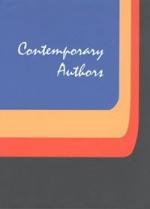|
This section contains 7,602 words (approx. 26 pages at 300 words per page) |

|
SOURCE: "The Historical Imperative: Giovanni Verga and Italian Realism in the Light of Recent Critical Trends," in Neohelicon, Vol. XVI, No. 2, 1988, pp. 149-74.
In the following essay, Lucente offers a critical overview of Verga's work as an Italian realist.
Nineteenth century Italian realism in general (or verismo) and Giovanni Verga's works in particular have received a great deal of critical attention over the past three decades. From the biographically and thematically oriented idealist treatments of the 1950s and 1960s through the post-1968 Marxist reinterpretations of the 1970s, Verga criticism has remained in the forefront of Italian literary debates. This has been the case in large part because of the representational slant of verismo's aesthetic and because of the extraordinary complexity that any adequate theory of literary representation necessarily involves.
In recent years, two trends have dominated Verga studies: on the one hand, an interest in textual criticism, in...
|
This section contains 7,602 words (approx. 26 pages at 300 words per page) |

|


